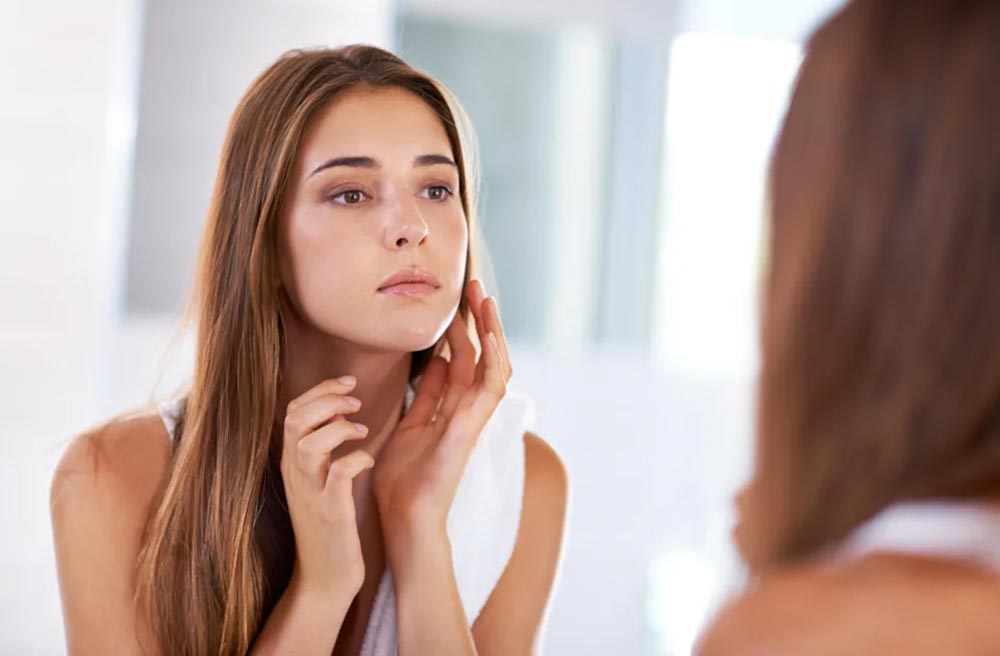Table of Contents
What causes a blind pimple?
Pimples occur when excess sebum, or oil, and dead skin cells clog pores. Bacteria can also cause inflammation. While there is no way to prevent pimples, a person may be able to reduce their occurrence by keeping the skin clean and moisturized.
A blind pimple is a swollen area underneath the skin that has no head. It can be painful and typically requires a visit to the doctor for effective treatment.
What causes blind pimples?
Causes of blind pimples include:
Clogged pores: A person could have an acne flare-up if their pore becomes blocked with dead skin cells or oil. This blockage can lead to a blind pimple forming under the surface of the skin.
Hormonal changes: Some scientists believe that hormonal fluctuations during puberty and adolescence can cause people to develop more severe forms of acne, resulting in more severe flare-ups.
Why do blind pimples hurt so bad?
I’ve had a few blind pimples in my life, and they tend to be more painful than normal pimples. Why is this and what can I do to treat them?
Blind pimples are caused by blocked pores and build-up under the surface of the skin. They’re usually quite tender to touch and can take up to several weeks to clear up.
Blind pimples can be very painful because there’s inflammation under the skin, without a head like typical acne spots. The inflammation is caused by bacteria trapped inside the pore, which causes redness and swelling around it. We’ve all experienced what happens when we squeeze something that’s swollen – it hurts!
The good news is that there are things you can do to provide relief for yourself. Treating blind pimples involves easing their inflammation and preventing them from getting worse.
Do blind pimples come to a head?
If a blind pimple is deep and painful, you should see a dermatologist. They may prescribe an oral antibiotic, such as erythromycin or tetracycline, or a topical one like clindamycin.
A blind pimple can be more painful than other pimples because it is deep within the skin, closer to the nerves. It does not have a head like some pimples do because the inflammation is so deep below the skin.
You may notice that your blind pimple hurts more at certain times of the day, such as when you wake up or when you bite down to eat. It can also be sore to touch.
Can I pop a blind pimple with a needle?
A blind pimple can be more painful than other pimples because it is deep within the skin, closer to the nerves. It is typically caused by a cyst or nodule.
The cyst will often have no head and will not come to a head like other types of pimples. If you are dealing with a blind pimple, it is best to consult your dermatologist for treatment options.
If you’re considering popping your blemishes at home, it’s important to understand what happens when you do so. Popping your pimple can cause bacteria and other debris from outside sources to enter your pore, resulting in more inflammation and possibly scarring.
Popping a blind pimple can be painful and may cause additional skin damage, such as discoloration or scarring. To avoid these complications, wash your hands before touching any blemishes on your face, body, or scalp. Applying warm compresses or steam will also help open up pores so that debris can easily drain out.
How do you get rid of a blind pimple fast?
Here are some natural remedies that you can use to get rid of a blind pimple:
Ice: Ice helps in improving blood circulation and healing the affected area. It reduces swelling and redness on the skin. You can wrap an ice cube in a piece of cloth and hold it against the blind pimple for a few seconds.
Toothpaste: You can also use white toothpaste to dry out a blind pimple. Just apply some white toothpaste over the blind pimple before going to bed. Leave it overnight and wash it off with cold water the next morning. Do not use gel based toothpaste for this purpose as it will not have the same effect.
Garlic: Garlic is an antiviral, antifungal, antiseptic as well as an antioxidant agent that can help in the fast treatment of pimples. The sulfur in garlic also promotes quick healing of pimples.
Crush one garlic clove lightly to release its juice. Apply it on the blind pimple and leave it on for about 15 minutes before rinsing it off with lukewarm water. Do this once daily for a week until you notice some improvement in your condition.
How long do blind pimples last?
Blind pimples can take anywhere between a few days and a couple of weeks to heal if they are left alone. If you do not pop the pimple, it will go through its cycle and heal itself naturally.
Popping blind pimples is not recommended, as this could lead to infections and scarring.
Takeaway
If you have acne, wash your face twice a day with a cleanser that contains benzoyl peroxide. It kills bacteria that can irritate your skin and cause breakouts.
If you’re having a hard time getting acne under control, talk to a dermatologist. They can give you prescription medications that can clear up your skin.

